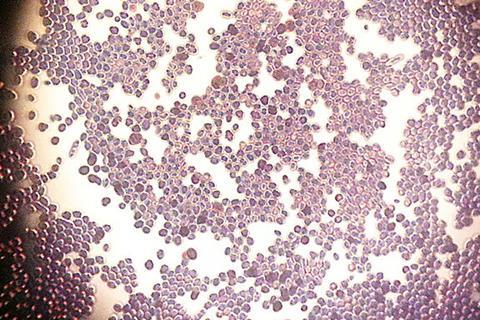A team of researchers led by the University of California San Diego has discovered a new way to make yeast cells more efficient “factories” for producing valuable plant compounds. The advance could enable the sustainable manufacturing of plant-derived chemicals used to help plants defend against disease, repel pests, attract pollinators, and withstand environmental stresses such as drought and heat.

The new study focuses on improving the performance of plant enzymes known as cytochrome P450s — which play essential roles in the metabolic pathways that produce most of these compounds — in yeast cells. By studying a plant membrane protein called AtMSBP1, the team uncovered a mechanism that helps yeast cells better support plant cytochrome P450 enzymes. The findings could unlock the potential for more efficient and scalable production of valuable plant compounds.
READ MORE: Microbial cell factories may help get to the root of understudied plant molecules
READ MORE: Researchers engineer a microbial platform for efficient lutein production
Through the study of AtMSBP1, the researchers found that this plant scaffold protein helps yeast cells better coordinate activity and communication between different cellular compartments — not just the endoplasmic reticulum, but also the mitochondria and vacuoles. This unexpected cross-organelle coordination — including an expanded tubular ER network, increased mitochondrial volume and vacuole fission — creates a more dynamic environment that supports cytochrome P450 function, even in the absence of AtMSBP1 itself.
New blueprint
Because most plant metabolic pathways rely on multiple cytochrome P450s, which have long been difficult to reconstitute in yeast, this discovery provides a new blueprint for engineering more capable microbial production systems, the researchers noted. For example, future strategies may involve enhancing cross-organelle interactions and fine-tuning the cell’s internal environment — rather than altering a single cellular compartment — to boost the function of plant cytochrome P450 enzymes in yeast.
The study, published in Science Advances, was led by UC San Diego Jacobs School of Engineering researchers Yanran Li and Shanhui Xu. This research was supported by the National Institutes of Health (DP2-AT011445 and R35 ES031707).







No comments yet